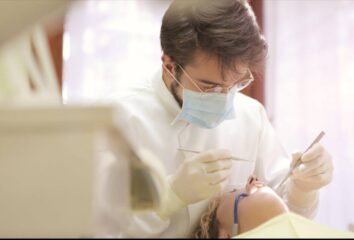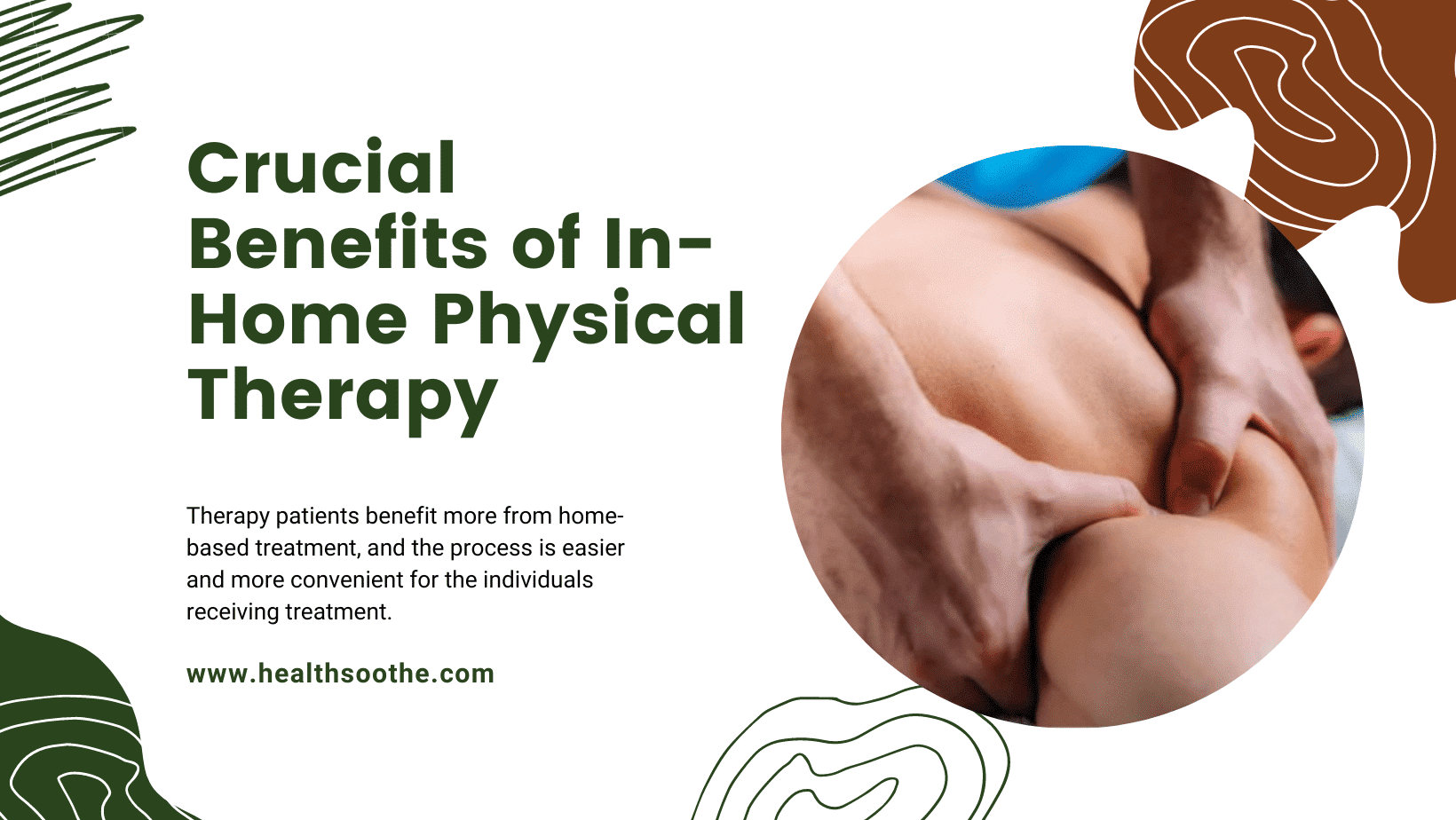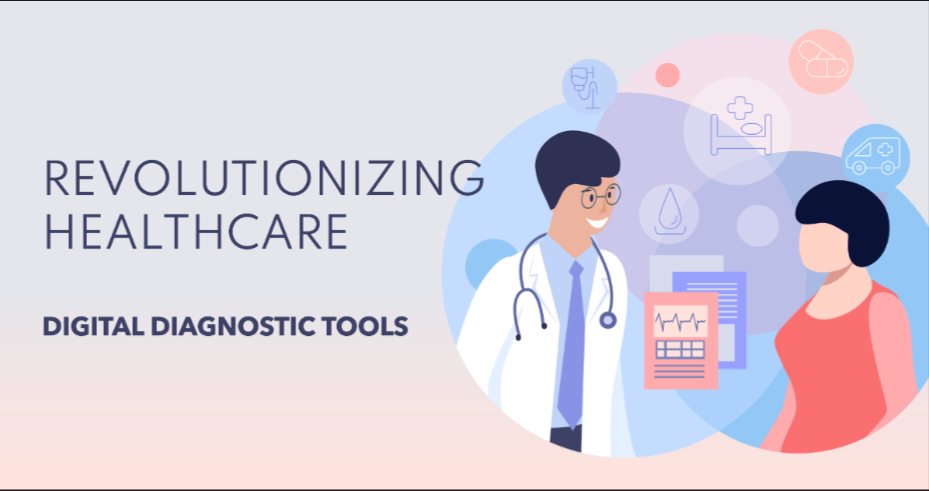If you want to get that smile you’ve dreamt about, a visit to a dentist may be in order. Your dental health should involve dentist visits. Whether you have a fear of visiting the dentist or you just haven’t gone in a while, here are a few steps to take to help you get back on track with your dental health:
Make a dentist appointment
Firstly, you’ll want to make a dentist appointment, especially if you haven’t been to one in a while. You may believe that your oral health is on point, but the reality is that sometimes decay doesn’t always show itself in the form of pain or obvious decay. Besides issues with decay, your dentist can give you recommendations on cosmetic procedures or ways to protect yourself from future decay. As you look for a dental lab, also make sure you look around for dental insurance to help cover the cost.
Get regular cleanings
After you’ve set up a dentist appointment and you’ve got the details on how your oral health is doing, the next step is to schedule regular cleanings. If you have a great mouth that is healthy and clean, and you don’t need any treatment, yay for you! But regular cleanings are going to help you keep it that way. A cleaning every six months or so can keep decay and oral disease away. If it’s been a while since your last cleaning, go ahead and call your dental clinic to set up a visit today.
Stop decay in its tracks
If, during your recent visit to your dentist, you found out that you have some decay, please do yourself a favor and don’t ignore it. While decay doesn’t always develop quickly, it can, and a simple fix could turn into a dental nightmare.
Talk to your dentist about the best options for treatment. You may just need a filling, or in some cases, you could need a root canal to save your tooth. Either way, whatever the dentist tells you needs to be done, listen. If you don’t trust the dentist you choose, get a second opinion. But when many dentists let you know that decay is progressing, save yourself money and headaches by getting it taken care of right away. It is worth it when it helps you keep your teeth and your beautiful smile.
Consider cosmetic procedures
If you’re lucky and don’t have any decay, your dentist could also be recommending cosmetic procedures. The good news is that these decisions are simply based on your preference and not your health. However, a lot of cosmetic procedures are not covered by dental insurance, so this is something to think about as you think about getting teeth whitening or veneers for a more “celebrity-like” smile.
If you can cover the cost and dream about a perfectly uniform smile, then this may be the perfect dental health move for you.
Get dental insurance

As you start discovering the various treatments that you may need, you may be feeling a bit overwhelmed. Dental work is costly. However, there are dental insurance options that can help you save some money along the way. Insurance isn’t always easy or cheap to get, but if your company offers it, it can be useful to accept it when you have some dental issues that need to be taken care of.
There are also some options for low-cost dental clinics that could be ideal if you have a low income and need some dental treatment for your health.
In Conclusion
While we may not love the dentist’s chair, we do love a great smile and a healthy mouth. With this in mind, it’s important to make an appointment with your dentist so that you can be confident that you’re taking the best care of your teeth. Talk to your dentist today about the best treatment for you.












